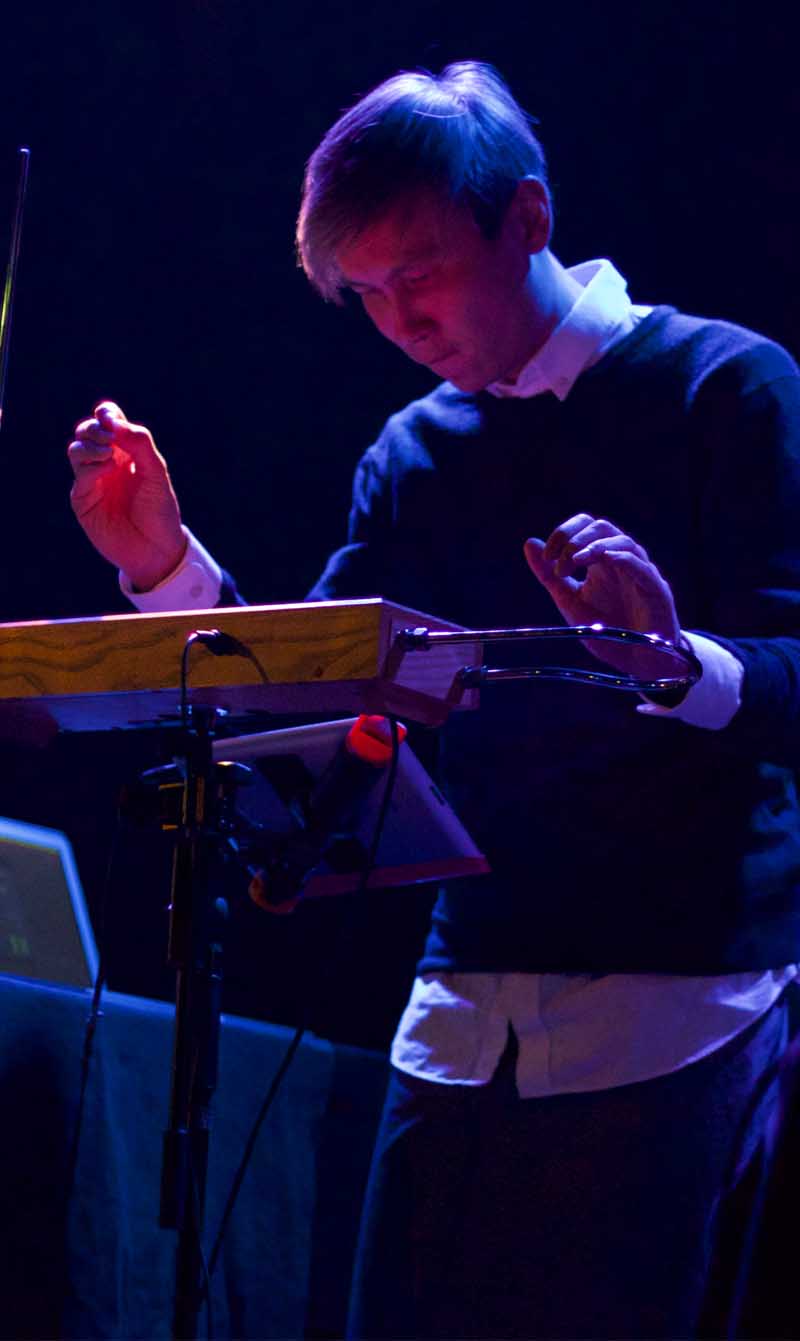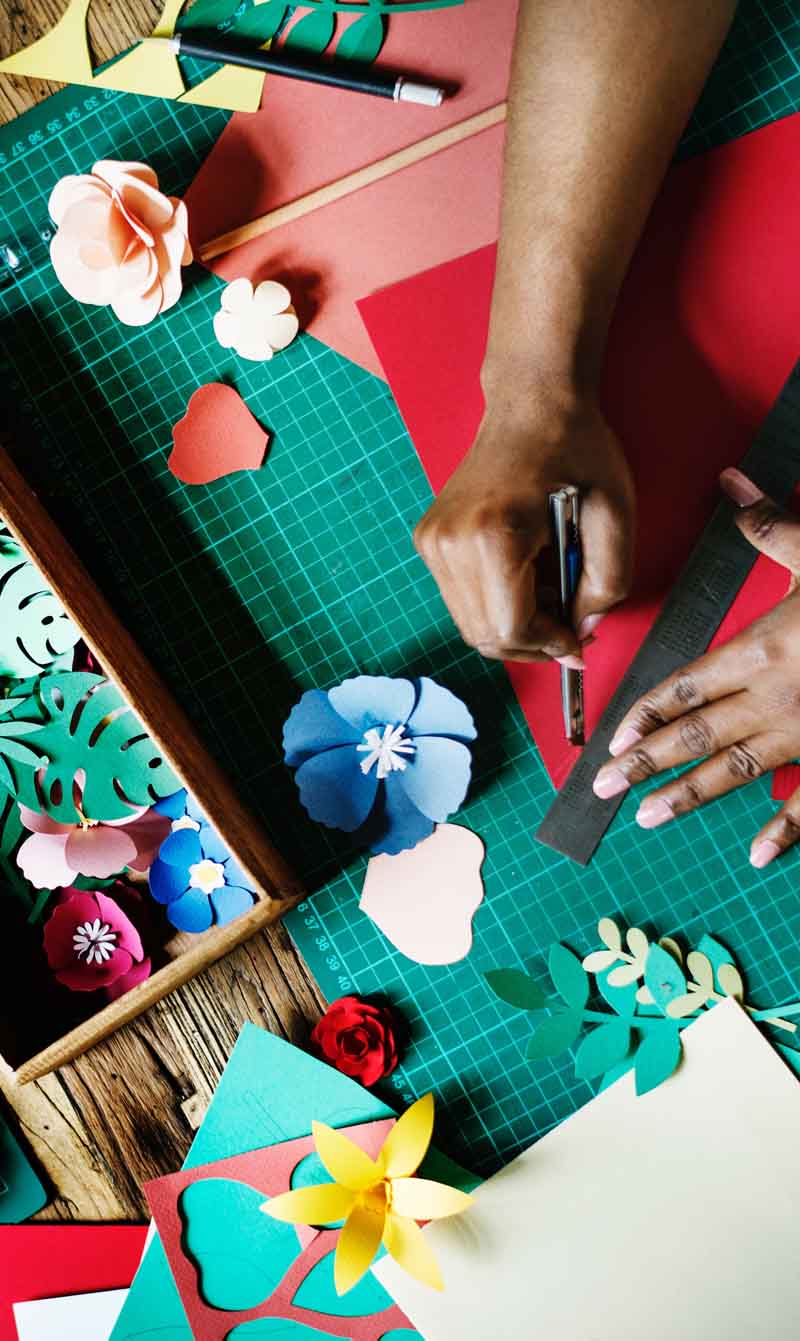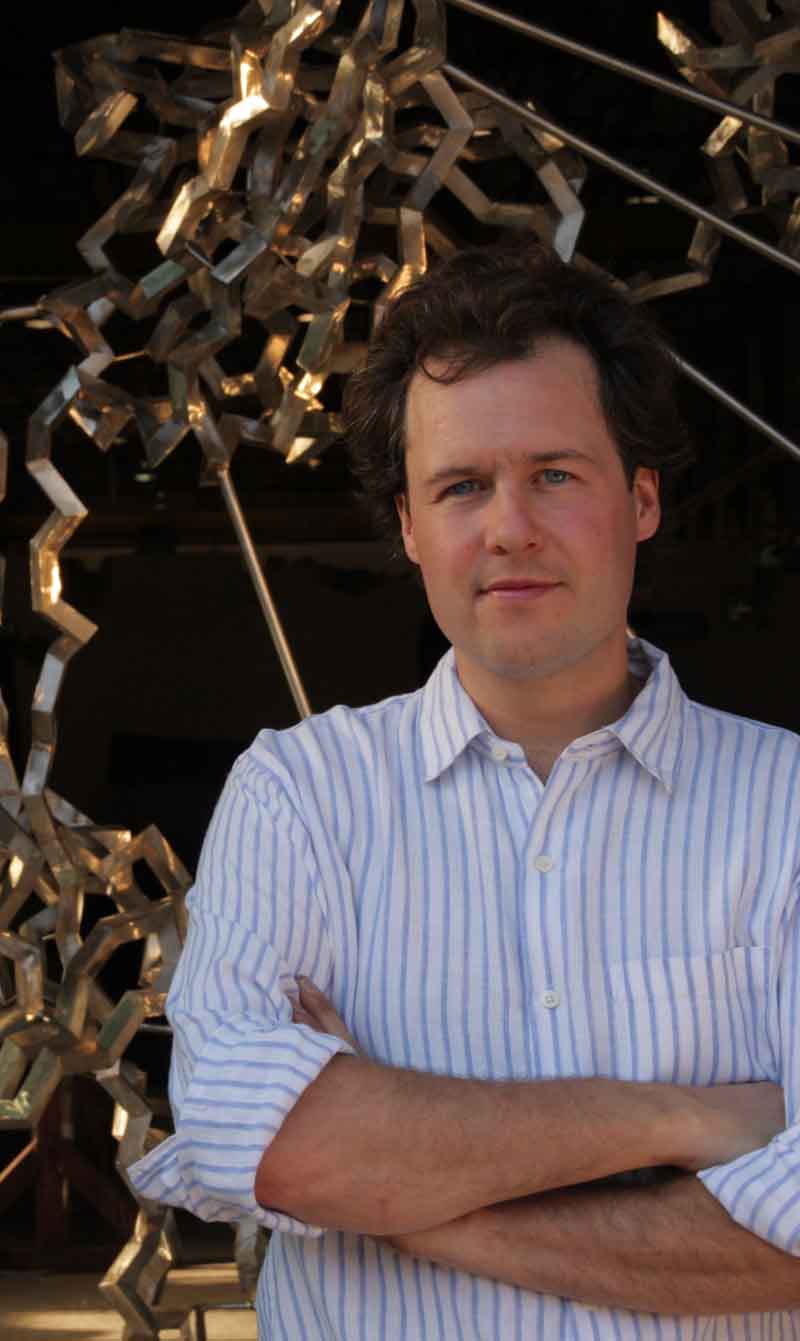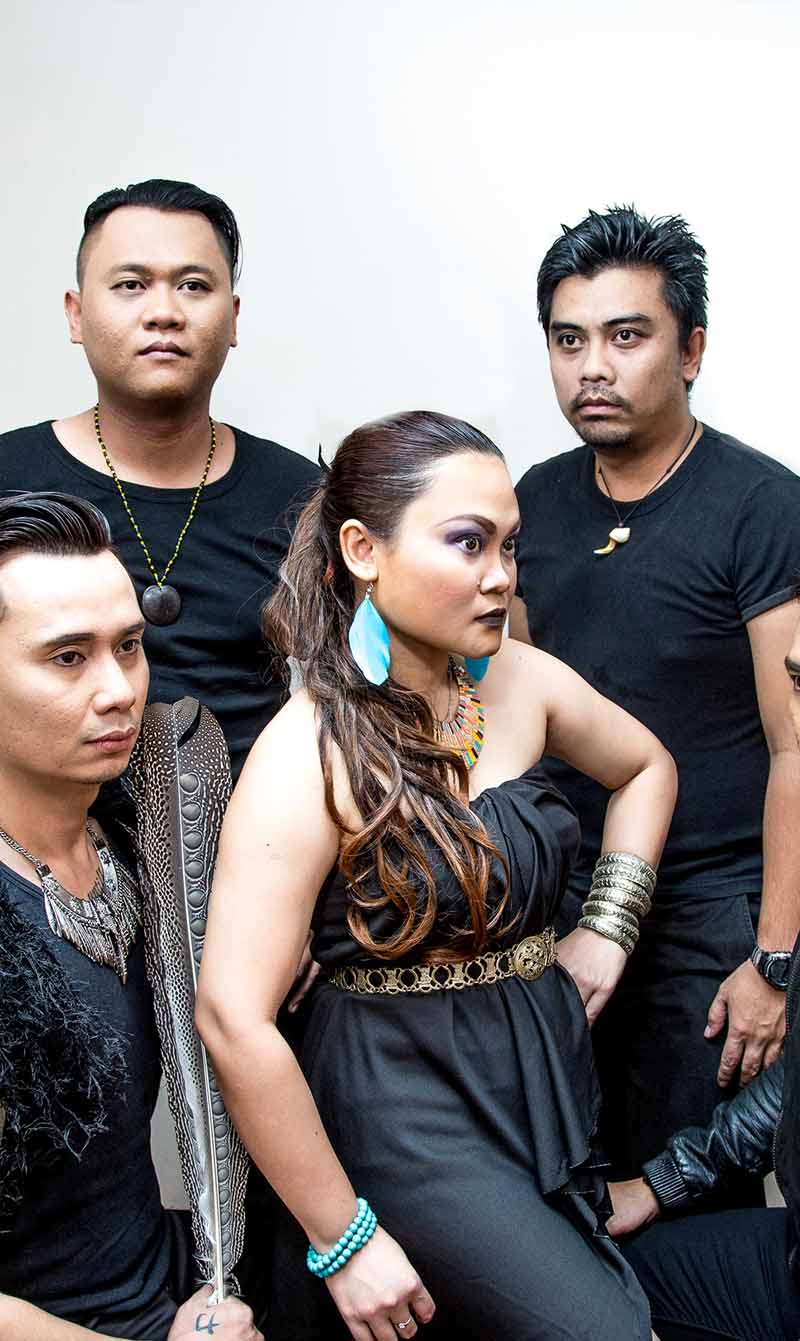Modest fashion: The next haute couture?
Can Islamic fashion become haute couture?
According to the 2015-2016 State of the Global Islamic Economy Report, Muslims spend approximately USD 230 billion annually on clothing, which is projected to grow to USD 327 billion by 2019—more than the combined clothing markets of Germany, India and the United Kingdom. As an increasing number of mainstream fashion outlets introduce modest fashion lines—inspired by diverse cultures like Scandinavian, Southeast Asian and others—designers and fashion houses are considering if Islamic fashion can be elevated to haute couture.
Marketing modest fashion
Founder and Creative Director of Jemmila, Faduma Aden, said that while modest and Muslim fashion in Sweden has received media attention and events have been organised to promote the industry, the coverage on the fashion “comes and goes”. There was also a lack of choice and availability and many retail stores and mainstream outlets did not carry modest fashion lines—Muslims are considered a minority in Sweden and as such, retail stores and outlets do not see the potential of modest fashion. The lines therefore remained confined to small Muslim-owned shops located within Muslim communities.
She believed that this was due to modest fashion being usually marketed exclusively to Muslim consumers. “What I design is open. I make it so that women can style it however they want to wear it. It’s entirely up to them to decide how they like to style the clothing. I don’t categorise it as only for Muslim women,” Aden said adding that it was important that a brand communicated this aspect to its consumers and retail stores so that modest Islamic fashion could be featured in the mainstream arena.
Alongside her fashion store, Aden also wanted to empower women through her brand and an initiative was introduced where inspiring Muslim women were interviewed as role models. These interviews can be viewed on Jemmila’s website and women are encouraged to nominate themselves or someone else whom they believe can inspire other Muslim women. “I decided that Jemmila shouldn’t only [be about] making clothing, it should be about something deeper,” she argued.
She added that collaboration with more Western and well-known brands could propel modest fashion onto the world stage. Many famous brands wanted to cater to modest fashion consumers as well but might not have the experience or knowledge to enter the Islamic fashion market.
Collaboration with modest fashion designers would bring the best of both worlds together: famous brands have the finance and marketing budgets to bring modest fashion to retail stores while modest fashion designers could lend their expertise and knowledge to the major brands to make chic designs easily available to modest fashion consumers.
Modest fashion: the next haute couture?
Barbara Nicolini, Creative Director, Infinita Group, said that modest Islamic fashion has the potential to become haute couture as designers’ mind-sets are beginning to change. She added that some dresses by major brands such as Dolce and Gabbana, Esgivien and Luisa Beccaria are considered modest and some had in fact, sent their dresses to Dubai for Dubai Fashion Week.
This shows the acceptance of modest fashion as haute couture by design houses and the public.
Nicolini noted that the term, ‘modest fashion’ was somewhat alien to many people a few years ago, but today followers of her blog and Vanity Fair articles are familiar with the term.
Roshan Isaacs, Country Manager of the Islamic Fashion and Design Council (IFDC), pointed out that mainstream fashion brands like Uniqlo and Lemaire have begun introducing ready-to-wear modest fashion, while prominent modest fashion haute couture designers like Irna Perle and Hannie Hananto are gaining recognition in the fashion industry, joining the likes of Valentino, Dior and others.
Nicolini also observed that the headscarf was gradually making a comeback to the streets of Milan, with women dressing elegantly and covering themselves stylishly, and added that designer-consumer feedback also contributed to the emergence of modest fashion in the mainstream. Nicolini explained that while designers dictated what consumers considered stylish, consumers also inspired designers based on how they dressed themselves—and designers took that as inspiration for their next collections. “It’s both ways: they (designers and consumers) work together. The designer influences but receives feedback from the people. Perhaps it’s the youngsters that inspire the designer and they, in turn, influence the middle-aged consumers with their new designs,” she said.
Inspired by culture and tradition
Didiet Maulana, Creative Director of IKAT, a brand that aims to expose Indonesia’s richly diverse cultural heritage to the world through contemporary fashion, said that IKAT’s designs are heavily inspired by Indonesian traditional arts, crafts and cultures, focusing on minimalism and geometry to create stunning modest fashion collections. He said that IKAT created the demand for handmade textiles in the young generation, thus encouraging them to embrace their unique identity.
“High fashion refers to the premium market and the strategy is to create the highest brand value and pricing power by leveraging all intangible elements of singularity. It’s like a full package of a how you are telling the story about the time, the heritage, the country of origin, the craftsmanship,” he says.
IKAT does extensive research on materials and fabrics to ensure that they are also comfortable for Indonesia’s climate and humidity. “One of the trends now is the multi-layer [for the hijab], which is challenging as the humidity and temperature of Indonesia is high. That is why we use cotton and viscose for modest fashion,” Maulana added.
Aden also draws inspiration from existing styles and trends for Jemmila’s collections by incorporating Scandinavian aesthetics into modest fashion. Its maiden collection featured clean lines, solid colours, practical and minimalist philosophies—all components of Scandinavian aesthetics.
Jemmila’s upcoming collection features everyday wear that allows women to mix and match pieces however they see fit.
Media exposure and government support
Maulana agreed that modest Islamic fashion has the potential to become haute couture but argued that it needs more media exposure. He noted that the media set the stage for a product to become a household name, and this was especially true of international magazines such as Elle, Vogue, Marie Claire and others. “Through the fashion spreads of magazines, an international audience can see what modest fashion looks like,” he said. He believes that designers and magazines should work together by letting the media create modest fashion looks for hijab-wearing high-profile celebrities.
With 63 percent of the global Muslim population aged below 30, consumers are looking for a brand they can identify with, said Isaacs. This made it important that the right media platform be chosen for modest fashion. For example, Nicolini pointed out, if Chiara Feragni, who is a famous blogger from Italy, chose to wear a dress by IKAT, the brand would instantly gain fame. However, this kind of exposure can be expensive.
Along with media exposure, government support was important for modest fashion to flourish. Isaacs noted that there were many Islamic banks that offered support to entrepreneurs and she had recently hosted a modest fashion emporium in South Africa. “The bank offered each of our entrepreneurs a course in terms of business development and business know-how,” Isaacs said.
In Indonesia the modest fashion sector has been supported by the emergence of communities such as Hijaber, which collaborated with the Government to propose and organise modest fashion shows and exhibitions that nurtured the growth of modest fashion. Isaacs also praised the Government for organising the Indonesia Fashion Week that ran alongside MUFFEST (Muslim Fashion Festival), where halal-certified cosmetic companies sponsored designers and their collections.
Investing: not just a numbers game
While Aden, Isaacs, Maulana, and Nicolini agreed that success in fashion needed heavy investment, they also argued that choosing the right investor was not merely a matter of looking at numbers in bank accounts. “It’s more than just money,” said Aden. “You don’t want someone who just throws money at you—you want someone who also has the network and can open doors for you. I think knowledge is worth more. You want an expert in the field and not just money.”
Maulana added that the investor must believe in the designer’s vision, concepts and plans for the company. He said that designers do not just design clothes—they also have to know where they would market and sell the products and they have to have a firm vision for the company’s future. The investor must trust the designer’s capabilities to realise that vision.
Nicolini shared an anecdote about Golden Goose Sneakers to illustrate the “perfect union between investor and designer”: during her trips to Miami and New York, she observed that Golden Goose Sneakers were seen everywhere. The designer of the sneakers, from Venice, initially gave a share of his company to an investor in return for capital. The investor trusted the designer’s vision and, as a result, Golden Goose became a worldwide sensation. Nicolini said that the designer did so well that he eventually bought the share back from the investor.
Nicolini advised prospective designers “to be fully prepared before you look for investors and financiers. That means a correct business plan, future thinking for the long run and being very focused on your market. It’s also very important to find strong commercial people like area managers, market managers and travel retail managers. If you cannot afford it, do your own research on the place for your products,” she said.
Q&A
How big is the opportunity for Islamic fashion to be considered haute couture?
Nicolini: I think modest fashion can be haute couture because it’s very elegant. If you saw my presentation pictures, I chose Vionne because I think she’s very elegant. If you remembered the dress, it’s a modest fashion dress. Some of the dresses by Valentino coming out next summer have become longer. The direction is there. If they style it fashionably, modest fashion can be haute couture.
Can exposing modest fashion via the media in Southeast Asia be done to actually get more fashion designs out into the public domain?
Maulana: There was a rise in modest fashion in 2010, I think it’s the same period as when social media started booming here, and there was this so-called “Celebgram”—celebrity Instagram. The young generation is influencing each other with the way they’re styling themselves. It’s become a movement that supports modest fashion. [We’ve also] had a lot of very nice fashionable magazines like Amanah and Scarf, and an e-commerce marketplace. For titles like Vanity Fair, Elle, Vogue and so forth, I’m talking about the world standard and how we can create together between different parts of our region to bring modest fashion to the international level.
Isaacs: The spending power [of modest fashion consumers] is global and what I’m talking about is only your Muslim consumer. When you add your non-Muslim consumers, you’re looking at a trillion-dollar market. We’re also talking about being able to supply a mechanism for entrepreneurs that want to grow their businesses—to be able to share their heritage through designs and to be able to craft something of fine quality that has not been seen in the broader market.
___________________
This report is based on a session from the 12th WIEF.





